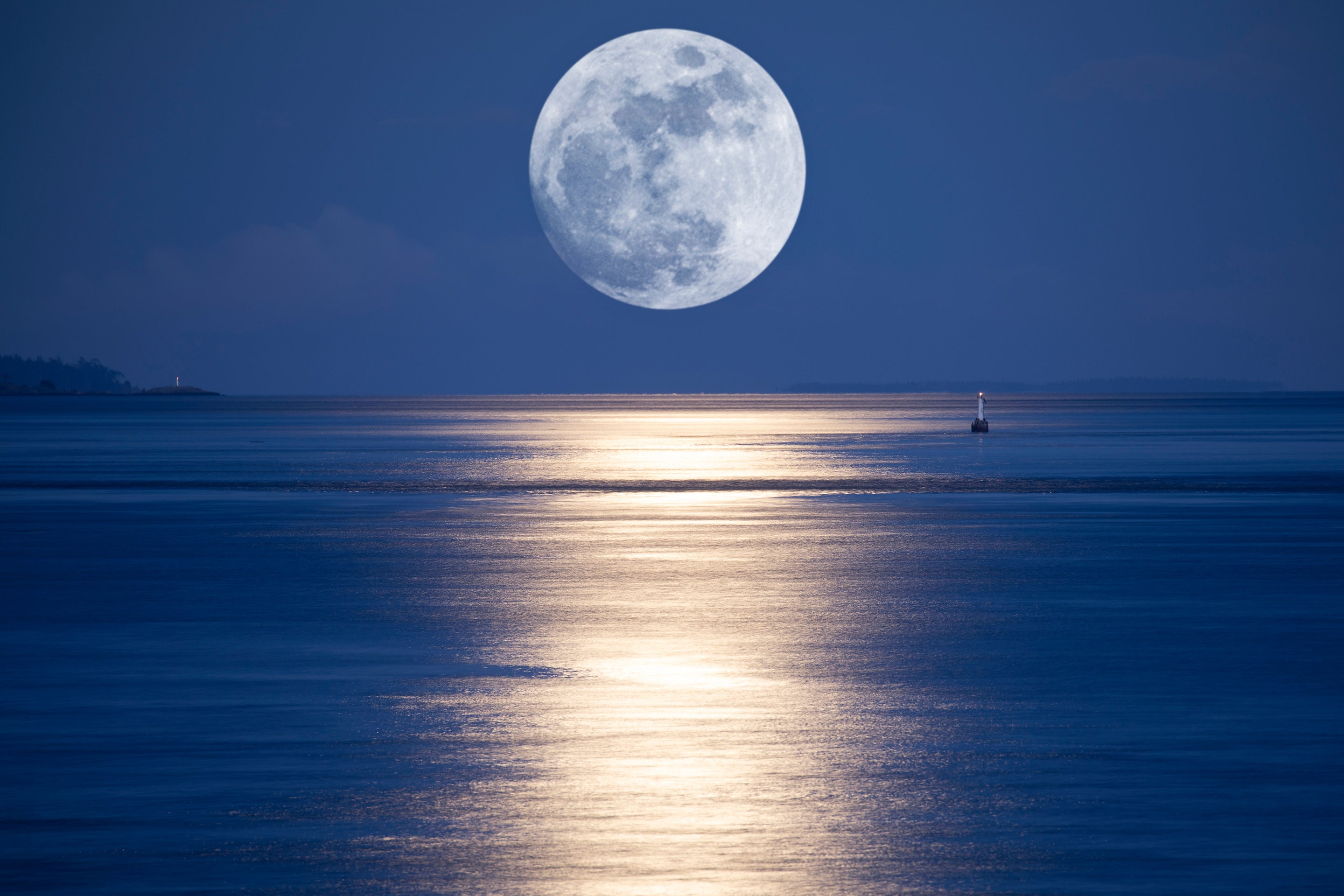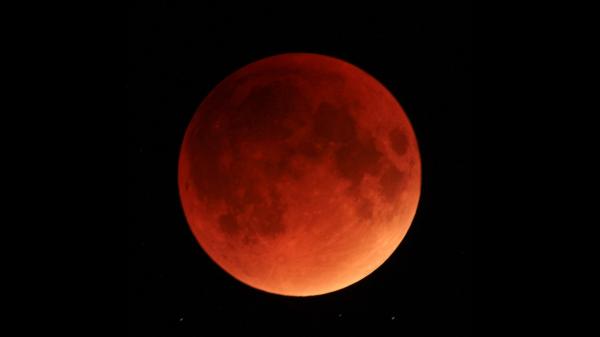The Moon – Earth’s Mysterious Companion:
The Moon, our planet’s only natural satellite, has fascinated humankind for thousands of years. From ancient myths to modern space missions, the Moon has been a source of wonder, inspiration, and scientific curiosity. It shines brightly in the night sky, guiding travelers, influencing tides, and shaping cultural beliefs across the world. This essay explores the Moon’s origin, structure, phases, importance, exploration, and its impact on life and human imagination.
Origin of the Moon:
Scientists believe that the Moon formed about 4.5 billion years ago, soon after the Earth itself came into existence. The most widely accepted explanation is the “Giant Impact Hypothesis.” According to this theory, a Mars-sized body called Theia collided with the young Earth. The debris from this massive impact eventually gathered and cooled, forming the Moon. This event not only shaped the Moon but also affected Earth’s rotation and tilt, which influence our seasons today.

Physical Characteristics:
The Moon is the fifth-largest satellite in the Solar System and the largest relative to its planet’s size. It is about 3,474 kilometers in diameter, roughly one-fourth the size of Earth, and is located about 384,400 kilometers away from us. Its surface is covered with craters, mountains, valleys, and ancient lava plains known as maria (Latin for “seas”), which are visible even to the naked eye.
The Moon has no atmosphere, liquid water, or weather, which means its surface remains unchanged for millions of years. Because there is no air to scatter sunlight, the sky on the Moon is always black, even during daytime. Temperatures also vary dramatically — from about 127°C in the daytime to -173°C at night. Gravity on the Moon is one-sixth that of Earth, allowing astronauts to hop and move lightly.
The Phases of the Moon:
One of the most beautiful and observable features of the Moon is its changing appearance, known as its phases. The Moon doesn’t produce its own light; it reflects sunlight. As it orbits Earth, the angle between the Sun, Earth, and Moon changes, creating different phases. The complete cycle, known as a lunar month, takes about 29.5 days. The main phases are:
- New Moon – The Moon is between the Earth and the Sun, and its dark side faces us, making it invisible.
- Waxing Crescent – A thin sliver of light becomes visible.
- First Quarter – Half of the Moon is illuminated.
- Waxing Gibbous – More than half is visible, growing toward full brightness.
- Full Moon – The entire face of the Moon is illuminated by the Sun.
- Waning Gibbous – The light begins to shrink.
- Last Quarter – Half the Moon is visible again.
- Waning Crescent – Only a small arc of light remains before returning to a new moon.
These phases have guided human calendars, religious rituals, and agricultural cycles for centuries.

The Moon’s Influence on Earth:
The Moon has a powerful effect on Earth, especially through its gravitational pull. This pull causes ocean tides, which rise and fall daily. The Moon’s gravity also helps stabilize Earth’s tilt, preventing extreme climate changes. Without the Moon, our planet’s rotation could wobble unpredictably, making life more difficult.
In many cultures, the Moon is tied to human emotions, timekeeping, and even fertility. Words like “month” come from “moon,” showing its importance in shaping early calendars. Farmers used lunar cycles to plan sowing and harvesting, while poets and artists used it as a symbol of beauty, mystery, and love.
Mythology and Cultural Significance:
Throughout history, civilizations have created myths and legends about the Moon. In Hindu mythology, the Moon is personified as Chandra, the god of the night, associated with calmness and beauty. The Greeks called the Moon goddess Selene, while the Romans worshipped Luna. In Chinese culture, the Moon is celebrated during the Mid-Autumn Festival, symbolizing reunion and harmony. Indigenous peoples around the world used lunar phases to mark time and seasonal changes.
Even today, the Moon continues to inspire stories, songs, and art. Its serene glow represents love, peace, and mystery across languages and generations.
Exploration of the Moon:
Human curiosity about the Moon led to one of the greatest achievements in history: space exploration. The first major step was taken by the Soviet Union with Luna 2, which crash-landed on the Moon in 1959. Soon after, in 1969, the United States achieved a historic milestone with NASA’s Apollo 11 mission. Astronauts Neil Armstrong and Buzz Aldrin became the first humans to walk on the Moon, while Michael Collins orbited above. Armstrong’s words, “That’s one small step for man, one giant leap for mankind,” still echo as a symbol of human triumph.
Between 1969 and 1972, six Apollo missions landed on the Moon. They brought back rock samples and conducted experiments that deepened our understanding of its composition and history. After a long pause, interest in lunar exploration is returning. Modern missions like NASA’s Artemis program, India’s Chandrayaan-3, and China’s Chang’e missions aim to establish a sustainable human presence on or around the Moon in the future.
Scientific Importance and Future Prospects:
The Moon holds immense scientific and strategic value. Studying its craters and rocks helps scientists understand the early history of our Solar System. The Moon’s poles contain frozen water, which could support future astronauts with drinking water and oxygen. It could also serve as a base for deeper space exploration, including missions to Mars.
The Moon in Literature and Art:
The Moon has inspired countless works of art, poetry, and music. From Shakespeare’s romantic descriptions in A Midsummer Night’s Dream to classic songs like “Fly Me to the Moon,” it symbolizes longing, dreams, and imagination. Artists often depict it as a symbol of serenity, change, or hidden truth. The Moon reminds humanity of beauty beyond reach yet always visible.
Conclusion:
The Moon is far more than just a glowing object in the night sky. It is a companion that has guided human civilization through science, art, and spirit. Its silent presence influences Earth’s natural rhythms, inspires space exploration, and connects all cultures through wonder. As we look toward a future where humans may live and work on the Moon, our relationship with it continues to evolve — from myth to mission, from mystery to discovery.

